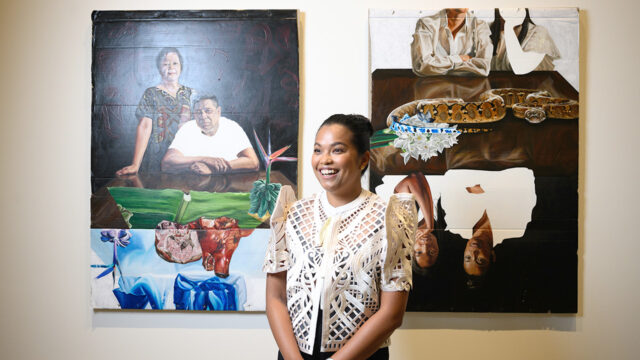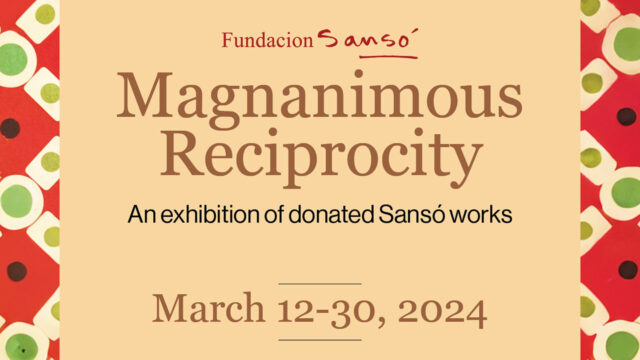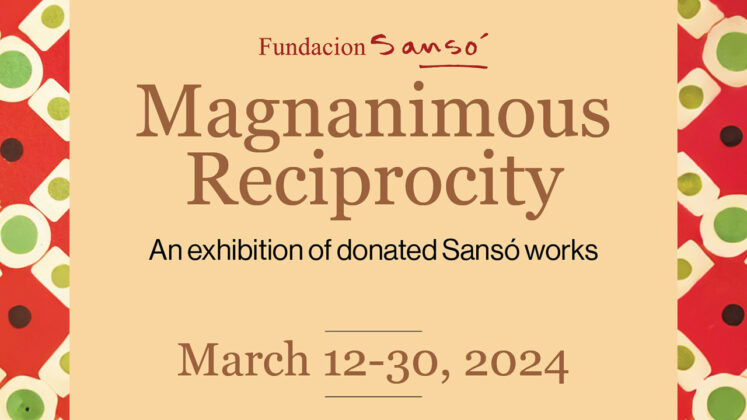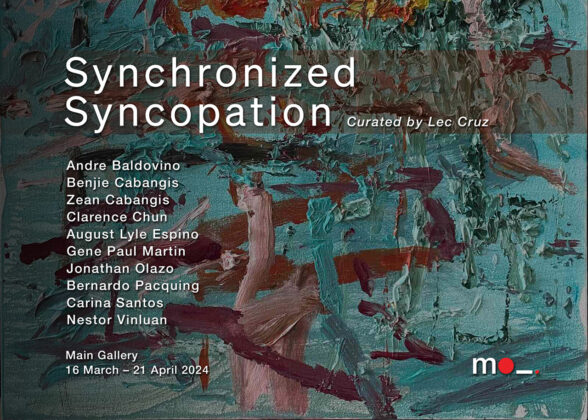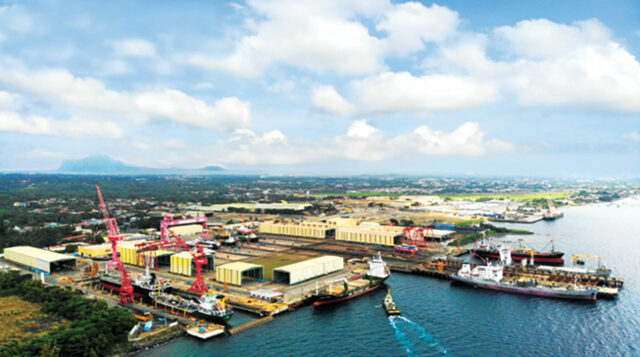(Part 6)
A good teacher is formed within a whole community (beyond technical competence), in human virtues, especially fortitude, temperance, and prudence — the cardinal virtues. These are the personal virtues that should be the objects of personal formation.
Then there are the social virtues: the members of the academic community, at each one’s pace and in accordance with one’s work relationship with the students, are deliberately formed in human virtues, particularly justice and the spirit of solidarity. The teachers have to set the right example to the students on the responsible use of freedom in their day-to-day lives and dealings with one another. There must also be the setting of high standards of human conduct by helping the teachers “breathe” norms, ideals, and noble targets. In private schools which are denominational, there is a need for doctrinal and ascetical formation through ample opportunities for one’s growth in faith and religious practice.
As regards other school concerns, the following have to be kept in mind:
1.) Custody of the school spirit or corporate culture — that the members of the academic community feel a collegial obligation towards preserving the corporate culture of the school through their private and public conduct.
2.) School representation — that the leaders consciously upgrade the school public image and representation, in appearance, words, and deeds.
3.) Vertical and horizontal unity — that the school leaders strive with determination to attain unqualified unity of criteria and spirit between superiors and subordinates and among peers.
4.) Day-to-day governance — that the managers of the school are aware of their leadership and goal execution function in the daily operations of the school.
5.) Administration of the school — that the members of the academic community contribute to the efficiency with which the details of administration are carried out.
6.) Management of financials — that everyone works towards the continued viability of the school in his or her own big and small ways and in accordance with his or her particular office.
Dr. Antonio Torralba makes a special reference to the Principal as being the teacher par excellence. Although their main role is that of an administrator, the principal must set the tone, which would be difficult to do unless they are also an excellent teacher. For them to have an eye for what is good teaching, the principal must first of all be a good teacher. The principal must also be a cultured person, knowledgeable in many fields of learning and human endeavor. Otherwise, they cannot effectively lead teachers towards the level of culture all schools worth their name should strive for. As an administrator, the principal must be a sensitive soul, especially as regards human motivations and aspirations, strengths and weaknesses, and reality in general. The Principal holds a most potent office that can transform the school they lead into a dynamic, vibrant, and intense community — or a stale, downbeat, amorphous collection of frustrated, uninspired individuals wrongly called “teachers.” The quality of teaching in the school ultimately rests on the inspired leadership of the principal.
To end this series of articles on practical solutions to the education crisis, let me quote from the writings of another outstanding educator who has devoted a great part of her professional life to values education for teachers, especially in the public schools. She is my sister, Dr. Severina Villegas, who has influenced the lives of literally hundreds of teachers from all over the Philippines who took the Master in Values Education Program (MAVE) in the University of Asia and the Pacific (and its predecessor institute, the Center for Research and Communication).
Rina collected letters she received from graduates of this program through the years in a book she authored entitled Human Connection: A Professional Journey of Hope. The contents of these letters indicate that no matter how underpaid and deprived of physical resources Philippine teachers have been through the years, they could still be motivated to strive for excellence in their profession as educators. The letters came from all over the archipelago.
From Luzon: “Not only did I become more assertive, but I was able to reason for what I believe in.” This was a recurring line in the letters. “The conferences in values formation that I have attended with you have helped me a lot in tightening the noose and turning around hundreds of misguided souls each day. Every year, the going gets rough as more incidents of misbehavior occur. I consider a day without a student sent to my office a very lucky day. The offences might be trivial, but I know, if left uncorrected, these could blow up into serious cases and this, I cannot allow.”
From the Visayas: “In school I assure you that I always give priority to holding classes for the good of my pupils among other activities outside the class, which always come second. Human as I am, I experienced doing what some teachers were doing, having the ‘I don’t care attitude’ toward their pupils. Then the MAVE idea which instilled in us the value of giving justice to children under our care makes me strong to overcome my weakness. I am guided by what is expected of me as a teacher. This made me the favorite topic in ‘gossips’ among teachers who indulge in such past times.”
From Mindanao: “My advisory class is the favorite section for transferees and repeaters. The Guidance Coordinator assigned these students to my class because she considered me a good caretaker. There was even a school year when I had 96 students in my advisory class. This did not depress me because of so much work. Instead, it challenged me to really take good care of the beautiful souls.” To this teacher, Rina gave the following advice: “Your advisory classes are natural channels for mentoring of students. The number of students in every advisory class is overwhelming. Because of the hectic class schedules, you will not be able to mentor all. You can mentor the student leaders who can then help in building the culture of diligence, respect, responsibility, and kindness. The student leaders can be the catalysts. The hidden curriculum in the advisory class is composed of a series of teaching moments. As you model care, the student leaders will absorb the culture of care which has a lasting effect in their lives.”
A letter from a MAVE graduate that was especially moving was that of a school principal who has since passed away in Toledo, Cebu. It was a letter of gratitude:
“There were many attempts to send you a letter, but my tears kept pouring as if they were competing with my pen. Whoever could forget people who have touched my life, who exalted and elevated my soul, prepared and groomed me to become a lamb to be sent to the world, of wolves, ‘taming the lions,’ ‘reprimanding with a balsam of affection.’ But there are times when I stood steadfast amidst contradiction when the truth was being distorted. The legacies of those who have gone ahead were sealed by their personal integrity. From this flowed fidelity to their faith and family, work excellence and social responsibility.”
These letters reflect real-life stories of public school teachers who were able to overcome the many adverse circumstances they encountered in carrying out their duty of imparting quality education to their pupils. It may take some time before we can effectively address the challenges facing our educational system, e.g., lack of funding, overworked teachers, undernourishment of children, etc. It is possible, however, to still rely on the inherent nobility of soul and love for their pupils of many of them to look for practical solutions to our ongoing educational crisis even in the short run, during the remaining years of this present administration.
Bernardo M. Villegas has a Ph.D. in Economics from Harvard, is professor emeritus at the University of Asia and the Pacific, and a visiting professor at the IESE Business School in Barcelona, Spain. He was a member of the 1986 Constitutional Commission.
bernardo.villegas@uap.asia

